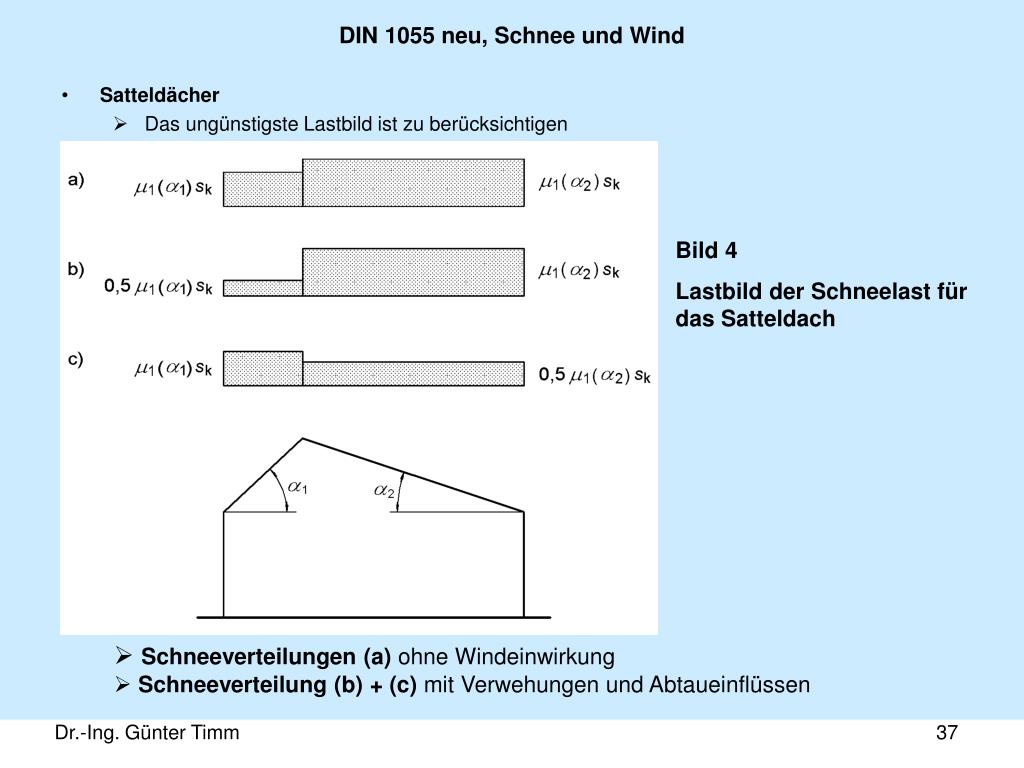

However, when the objective is to predict 3-s (three seconds) peak loads, large models can be tested in a flow that has reduced high-frequency turbulence. While mean loads are not significantly affected by the model size, peak loads are sensitive to both the geometric scale and the spectral content of the test flow. Until 2012, DIN 1055 was the authoritative set of rules for effects (for example snow and wind) on supporting structures (e.g. Refer to standard GB50009,JIS C8955,DIN 1055 Warranty 10-year warranty, 20-year service life. The current paper systematically investigates the sensitivity of wind loads to testing ground-mounted solar panels, both experimentally (in a BLWT) and numerically (by computational fluid dynamics (CFD)), at different geometric scales. SPECIFICATIONS Installation site Pitched roof. More specifically the exact method of Annex B is. In the MCG 1.1 system the wind uplift forces are transmitted to the synthetic water-. This chapter covers the wind load calculation according to DIN 1055-4:2005-03 and DIN 1055-4 Ber 1:2006-03. Such protocol should account for different time and geometric scales to design appropriate wind tunnel experiments that can allow accurate assessment of wind loads on the solar panels. Wind uplift according to DIN 1055 and relevant national standards.
DIN 1055 WIND LOAD PDF
To alleviate these problems, development of a standardized testing protocol is very important. DIN 1055-4 PDF - Find the most up-to-date version of DIN at Engineering Buy DIN Action On Structures - Part 4: Wind Loads from SAI Global. Second, the test model may be placed in the lower portion of the boundary-layer that is not a true representative of a real world scenario, due to high uncertainty in wind velocity. The factors that affect the force of the wind load to the most significant degree are the wind climate, as illustrated in the DIN 1055-4 standard by a map. First, the resolution of pressure data on such small models becomes low. However, producing aerodynamic models of the solar panels at such scales makes the modules too small, resulting in at least two technical problems.
DIN 1055 WIND LOAD CODE
In the new German wind loading code DIN 1055-4:2005-03 information about wind. Most boundary-layer wind tunnels (BLWTs) were built for testing models of large civil engineering structures that have geometric scales ranging from 1:500 to 1:100. wind pressures and wind loads on attached canopies according to standards.


 0 kommentar(er)
0 kommentar(er)
